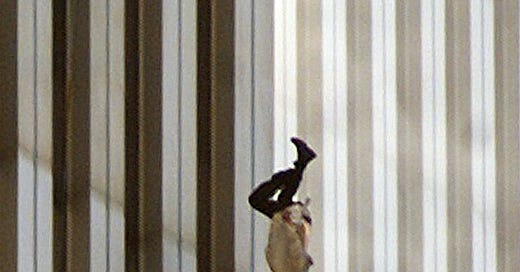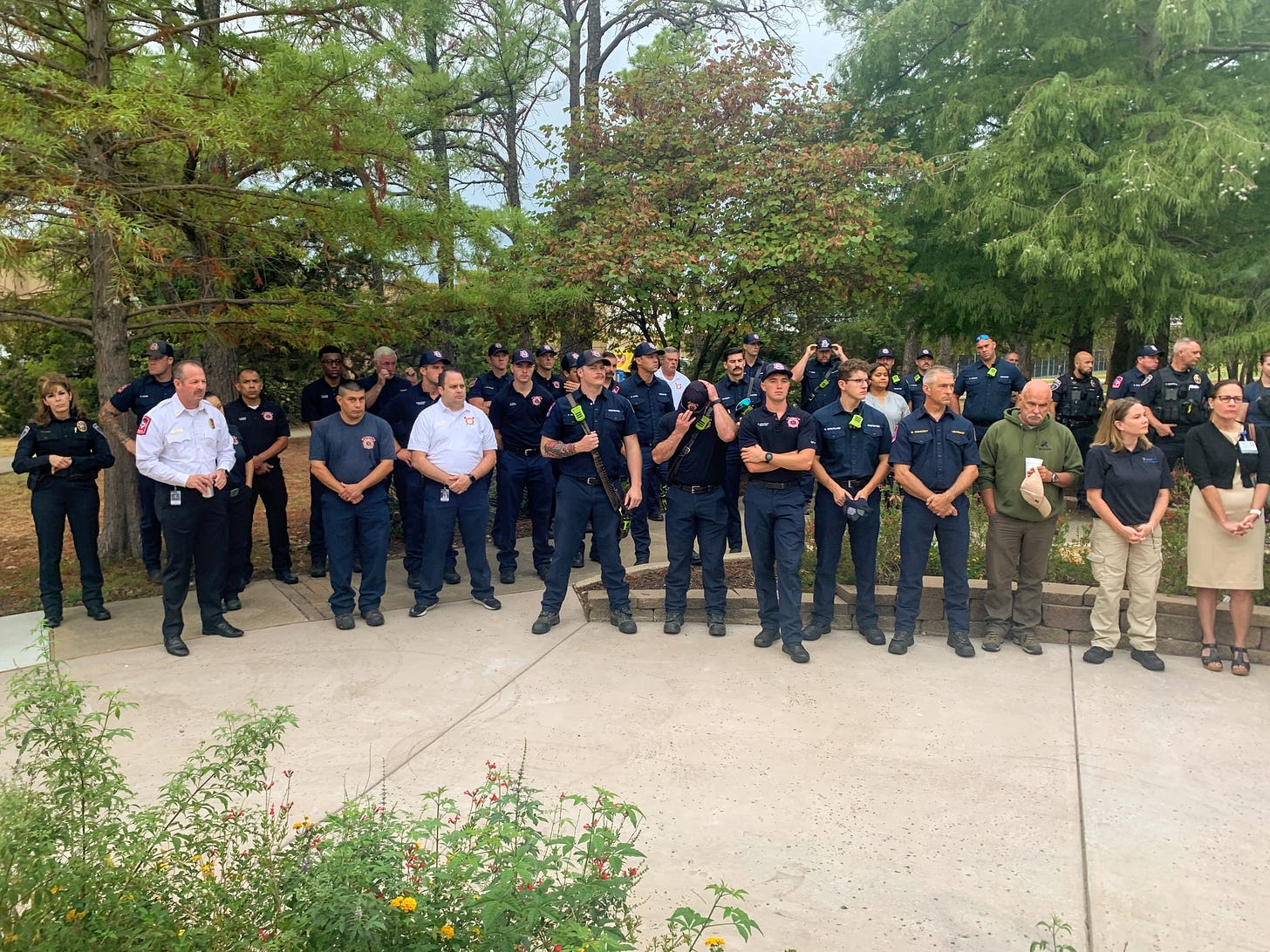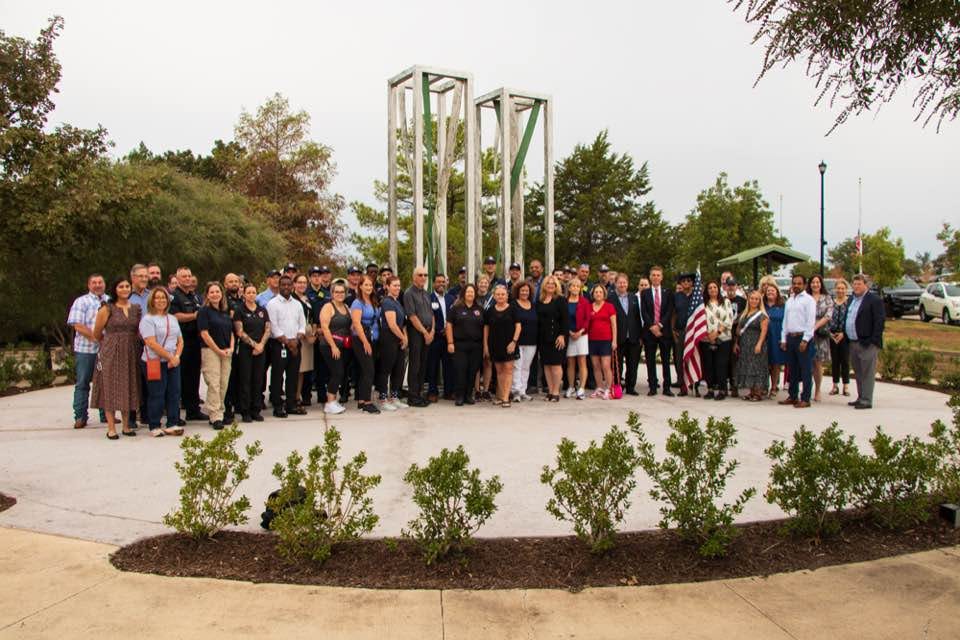On this day, 8,035 days ago, I was a newspaper business writer doing something I never thought possible for a reason I never imagined after seeing our country under attack from terrorists.
How I got there
I briefly became a newspaper journalist as a temporary detour from post-grad work in neuroscience. I’d been working as a grad assistant under one of my favorite cognitive science professors, conducting intelligence tests 8-10 hours a day in preparation for entering a Ph.D. program in neuroscience. In the fall of 2000, the chair of the program I was to attend, at Georgia Tech, said, “Ronell, this is a seven year commitment. If there is anything else you want to explore, I’d suggest you do it now.”
And that’s what I did. By early 2001, I was a part-time newspaper business writer and business columnist for a small paper in Athens, Ga. I did not enjoy the bureaucracy and knew that I’d never work in journalism long-term, but the fast-paced work, the nonstop learning, and the ability to get nearly anyone—no matter how prominent—to answer my calls was the highlight of the foray into the space.
The morning it all changed. Seeing the unthinkable.
I didn’t normally arrive to work until around 9-9:30 am, so on September 11, 2001, I was 10 minutes from the office when AA Flight 11 hit the World Trade Center’s North Tower at 8:46 am. The radio show I was listening to reported it as an explosion or, possibly, a small plane hitting the tower. I parked my car and rushed up to newsroom, finding everyone listening to the conflicting reports of what’d happened.
At 9:03, many of us were watching the TV near the sport desk, which was showing a reporter conduct man-on-the-street interviews near the now-smoldering North Tower. In the background behind the reporter, we all saw something that’s indelibly etched into our brains: a plane crashing into the WTC’s South Tower. It was UA flight 175, out of Boston. We were under attack.
Moments later, we were all made aware that the explosion at the North Tower was actually the crashing of hijacked flight 11, also out of Boston. It felt like the world was crashing down around us, and it was—our idea of the world, anyway. The news wouldn’t get any better as the day went on, as we’d all learn that two more planes were hijacked and would later crash.
Much of the rest of the morning was a blur, in large part because everyone was on the phones working multiple stories. I wasn’t a newspaper writer, but before the day was over, I’d written eight news stories. (I didn’t know that was possible.)
‘Someone has to pay for this’
What I remember most about that day is saying the same six words over and over in my head: “Someone has to pay for this.” I was angry that evil people had come into our country and committed such heinous acts. What really made my blood boil was the images of people jumping from the burning towers, having chosen to jump from hundreds of feet to their deaths as the temperatures from the plane’s burning fuel proved too much to take.
Seeing and hearing the people hit the ground below was indescribable. The idea of someone having to choose between burning to death and jumping to their deaths was a fate too cruel to conjure. Conversely, I remember feeling a tremendous sense of pride and admiration for the first responders that day, many of whom risked and lost their lives during one of the country’s darkest hours.
They are gone; they will never be forgotten.
Falling Man
The man in this image has never been conclusively identified but serves as a reminder of why we can never forget what happened 8,035 days ago.






